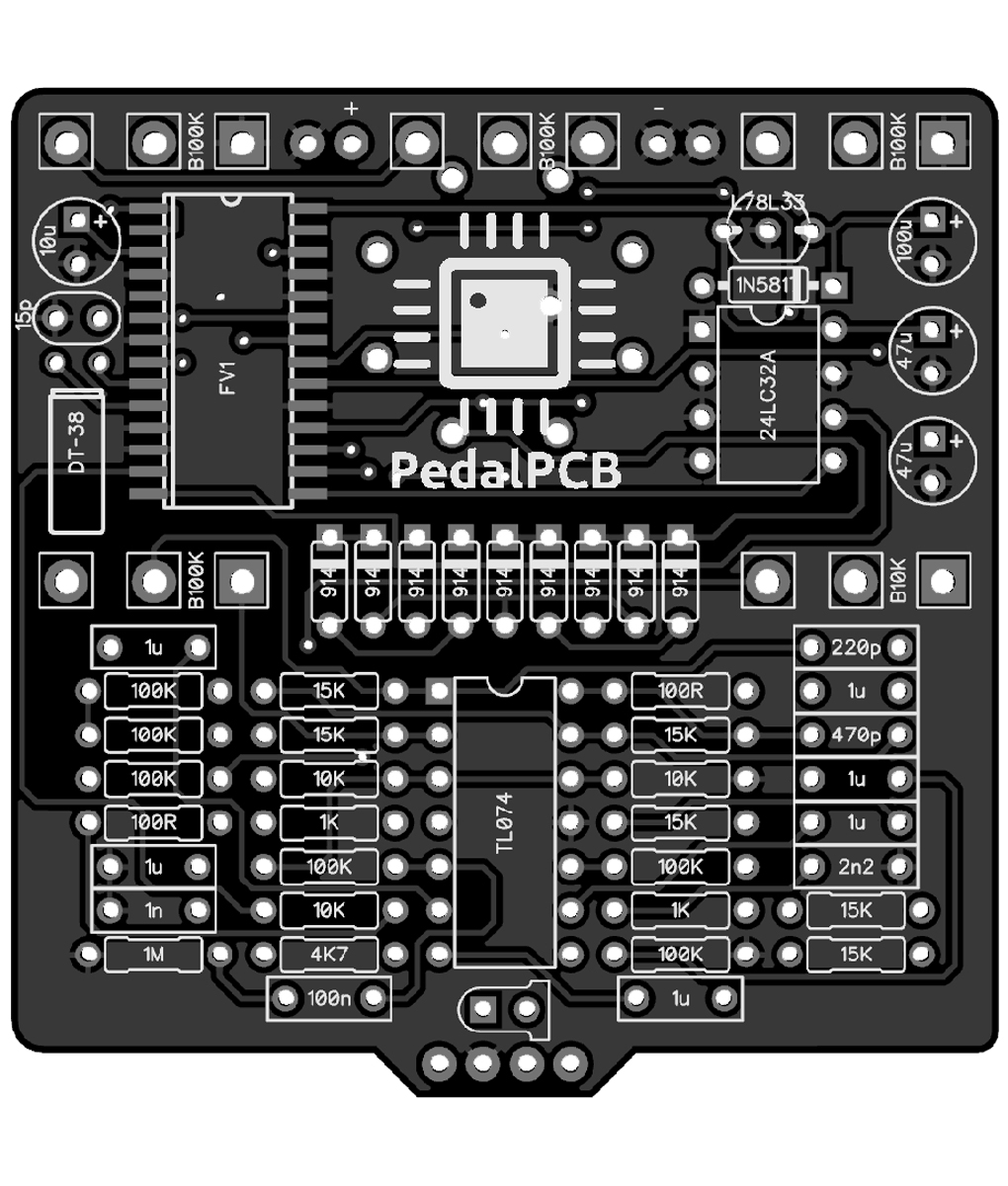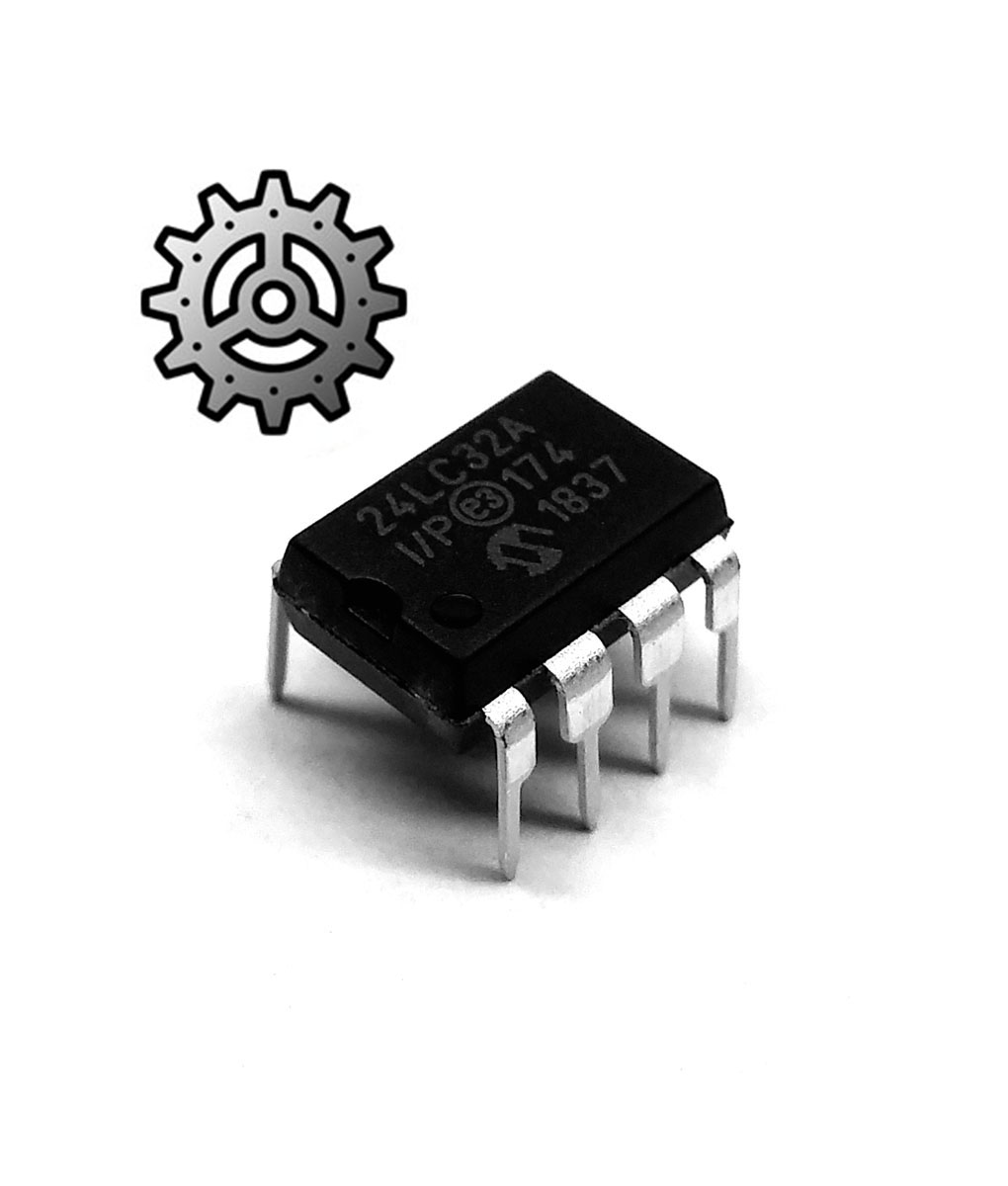I am looking for an Octave Up PCB to be used in a combo pedal for bass distortion. I am unhappy with Green Ringers and other Octave Fuzz circuits. I want Digital Octave up with blend feature, or at least octave up and dry signal being out out.
What happens when I turn the Dist down on the Parentheses Mini Fuzz? Is it clean octave?
Any Suggestions?
I was referred here to look at the Arachnid V2 with custom EEPROM patch - PIT001, but can't find it...
and another recommended I look into the FV-1 boards to use as a dual pitch shift for octaves, but can't find that specifically either.....
What happens when I turn the Dist down on the Parentheses Mini Fuzz? Is it clean octave?
Any Suggestions?
I was referred here to look at the Arachnid V2 with custom EEPROM patch - PIT001, but can't find it...
and another recommended I look into the FV-1 boards to use as a dual pitch shift for octaves, but can't find that specifically either.....



